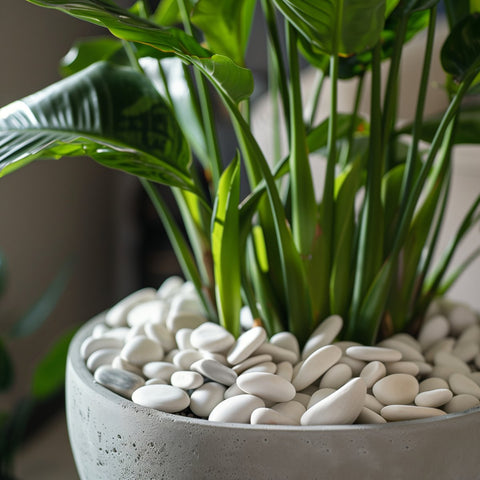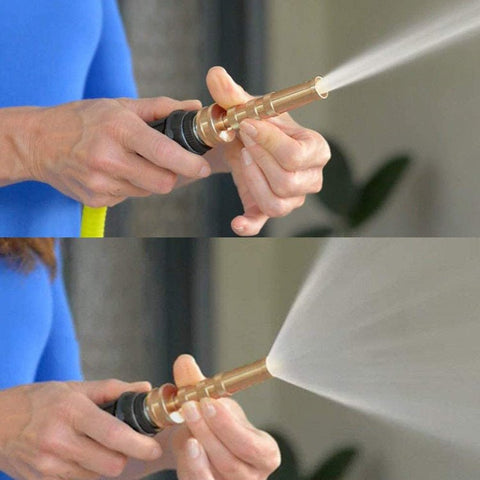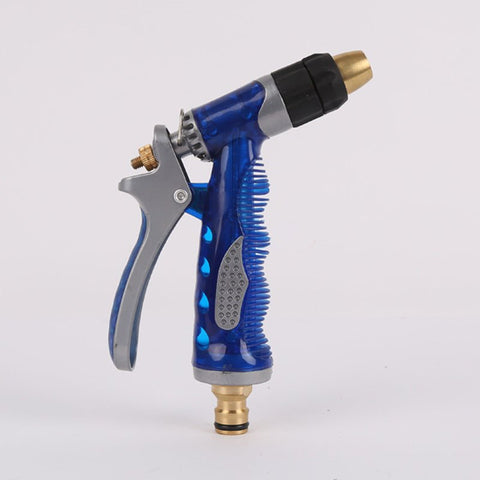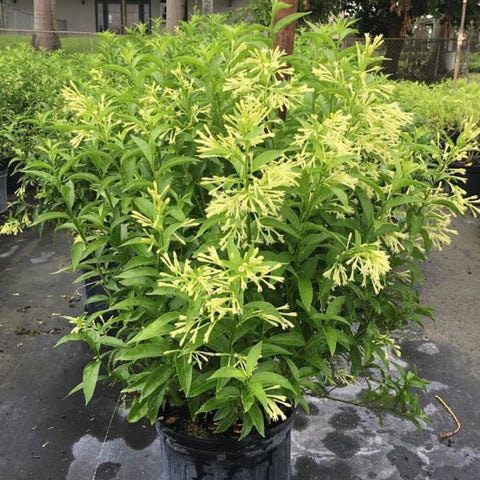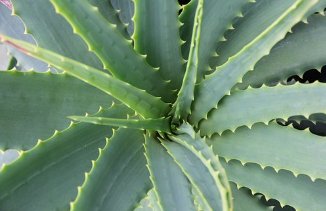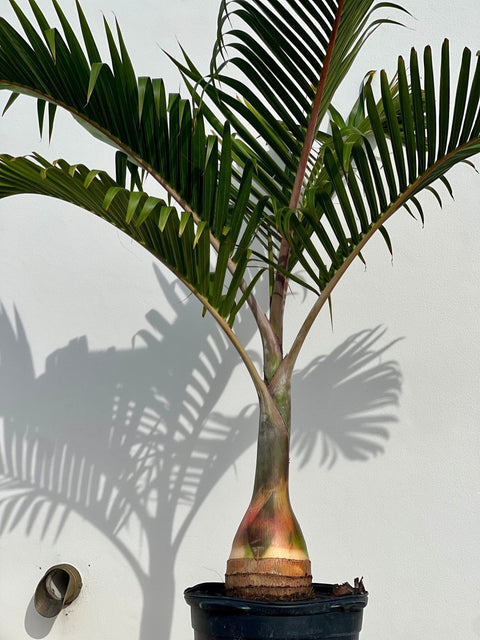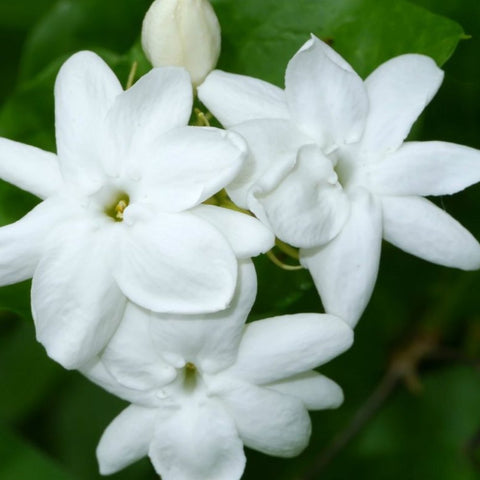With its glossy, deep-green, and distinctive claw-shaped leaves, the Cat’s Claw Trumpet (Dolichandra Unguis-Cati) adds a unique, tropical flair to walls, trellises, or pergolas. Known for its rapid growth and vibrant yellow trumpet-shaped flowers, this plant is a striking addition to any home or garden collection.
How to Grow
Grow Cat’s Claw Trumpet in full sun to partial shade for optimal flowering. It thrives in warm climates with temperatures above 50°F (10°C). Keep the soil well-drained, and water when the top inch of soil is dry. It can tolerate dry spells once established. Fertilize in spring with a slow-release fertilizer to promote healthy growth.
Care Tips
- Water when the top inch of soil feels dry to the touch.
- Train the vine on trellises or walls to guide its growth.
- Trim regularly to manage its size and prevent overgrowth.
- If leaves yellow or growth slows, check for overwatering or inadequate sunlight.
Uses
The Cat’s Claw Trumpet is perfect for covering large surfaces like fences, walls, and pergolas. Its rapid growth and eye-catching flowers make it an excellent choice for adding vertical interest and color to your garden.
Planting Tips
- Plant in well-draining soil, either directly in the ground or in a container with proper drainage.
- Space plants at least 2 feet apart if growing along walls or fences.
- For containers, use a high-quality potting mix and ensure the pot has drainage holes to prevent waterlogging.
Maintenance
- Prune regularly to maintain shape and encourage dense growth.
- Remove dead or damaged leaves to keep the plant looking vibrant.
- Repot every 2-3 years if growing in a container, refreshing the soil for healthy root growth.
Pests & Diseases
Watch out for pests like aphids and spider mites. Treat infestations with insecticidal soap or neem oil. Root rot can occur if the soil is too moist, so ensure proper drainage.
Sizing
Our "Grower’s Pick" option offers a premium selection of Cat’s Claw Trumpet, chosen for its maturity and readiness to thrive, ensuring the healthiest plants for your garden.
Frequently asked questions
Cat's Claw Trumpet, also known as Dolichandra Unguis-Cati, is a beautiful flowering vine that can be easily propagated through cost-effective methods. If you're looking to expand your garden or share this lovely plant with others, there are several ways to propagate Cat's Claw Trumpet without breaking the bank. One of the most cost-effective ways to propagate Cat's Claw Trumpet is through stem cuttings. Select a healthy stem from the parent plant, making sure it has at least two nodes. Remove any leaves from the lower node and place the cutting in a container with well-draining soil. Keep the soil moist and place the container in a warm, sunny location. Within a few weeks, roots should begin to form, and you can transplant the cutting into a larger pot or directly into the ground. Another budget-friendly method is by layering. Choose a low-growing branch on the parent plant and gently wound the underside of the branch where it touches the soil. Secure the wounded portion with a U-shaped staple or a small rock, then cover it with soil. Keep the soil moist, and in a few months, roots should develop. Once roots have established, you can cut the branch from the parent plant and transplant it to a new location. In conclusion, propagating Cat's Claw Trumpet can be done in a cost-effective manner through stem cuttings or layering. By following these simple steps, you can easily expand your garden or share this beautiful vine with others. Remember to provide adequate care and attention to your propagated plants to ensure their successful growth and development.

Free Shipping Over $150
Only $12 flat rate on orders under $150
Healthy Arrival Guarantee
Plants arrive healthy or we replace them free














